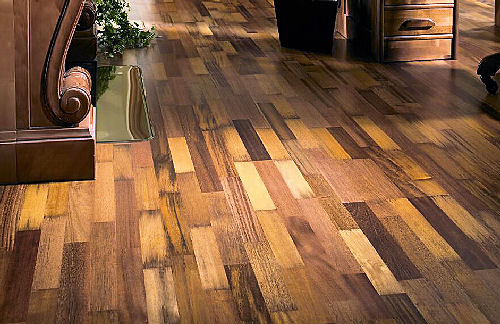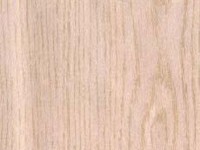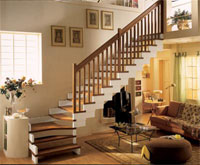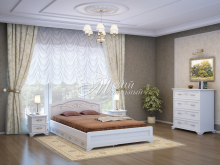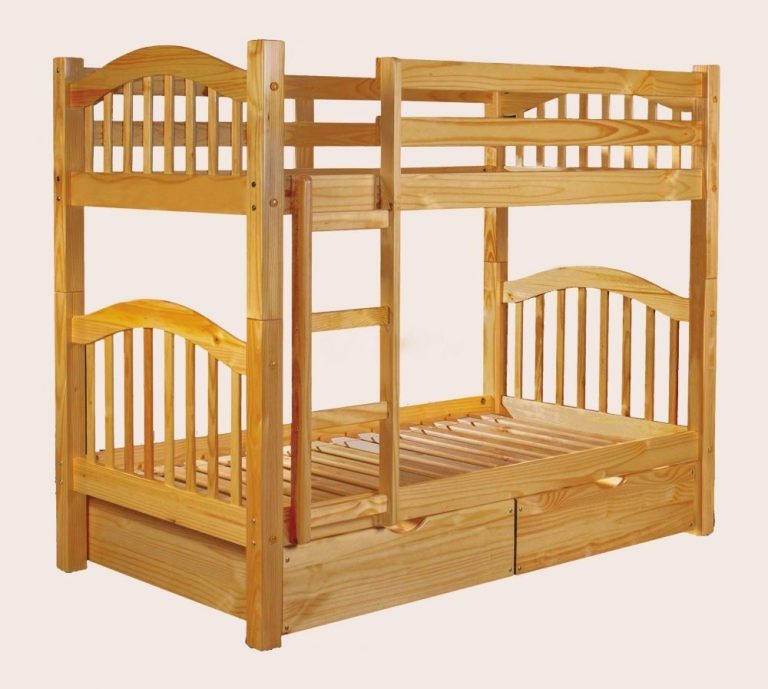f wood surfaces
Massive bar counters: solid and unusual.
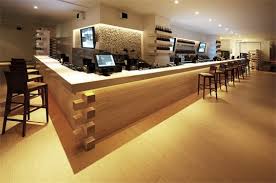 The bar counter is a necessary part of the ensemble of a tastefully designed interior. Such a piece of furniture is useful not only in cafes and restaurants. It looks great in a modern kitchen corner. The bar counter from the massif not only performs all its functions remarkably, but is also the main subject in the design, which visitors of the institution will always pay their attention to.
The bar counter is a necessary part of the ensemble of a tastefully designed interior. Such a piece of furniture is useful not only in cafes and restaurants. It looks great in a modern kitchen corner. The bar counter from the massif not only performs all its functions remarkably, but is also the main subject in the design, which visitors of the institution will always pay their attention to.
If you select interior items for a bar or restaurant, then you probably thought about their useful life. When the entire interior is built in a single harmonious style, it is not so easy to find a replacement for any element of the verified scheme. That is why a bar counter made of solid wood is the most ideal option.
Wear resistance. A bar made of natural wood will look like new for a long time. The tree is not afraid of mechanical damage and temperature extremes. Continue reading
Paint for wooden furniture – the most inexpensive way to update an old suite
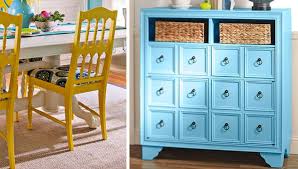 Many of us have old furniture that is a pity to throw away. And someone buys unpainted wood products, for example, in Ikea, because they are cheaper. And here the question becomes very relevant, how to give them a decent look, while protecting the surface from various damage?
Many of us have old furniture that is a pity to throw away. And someone buys unpainted wood products, for example, in Ikea, because they are cheaper. And here the question becomes very relevant, how to give them a decent look, while protecting the surface from various damage?
Types of paints for finishing wooden furniture
It is probably easier to list compounds that are completely unsuitable for painting wood and furniture from it. If we talk about the peculiarities of the appearance of the coating and its properties, then all paints and varnishes used for painting furniture can be divided into three groups: transparent varnishes and impregnations, water-soluble dispersion paints and enamels. Continue reading
Useful Tips
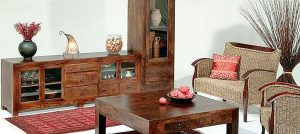 Two-component varnishes, or cold cured varnishes, as well as waterborne varnishes, have two big advantages over polyurethane varnishes: they dry faster and do not have time to become dusty; the varnished surface remains light and does not turn yellow over time. Cellulose lacquer also gives a light coating, although not as durable as when finishing with the above varnishes.
Two-component varnishes, or cold cured varnishes, as well as waterborne varnishes, have two big advantages over polyurethane varnishes: they dry faster and do not have time to become dusty; the varnished surface remains light and does not turn yellow over time. Cellulose lacquer also gives a light coating, although not as durable as when finishing with the above varnishes.
You can get rid of the bubbles as follows: pour the varnish from the can into a new bucket for paint or a special bucket for varnish. Lower the brush, then press it to the side – this will remove air from the bristles, which can give small bubbles on the freshly varnished surface. Continue reading
